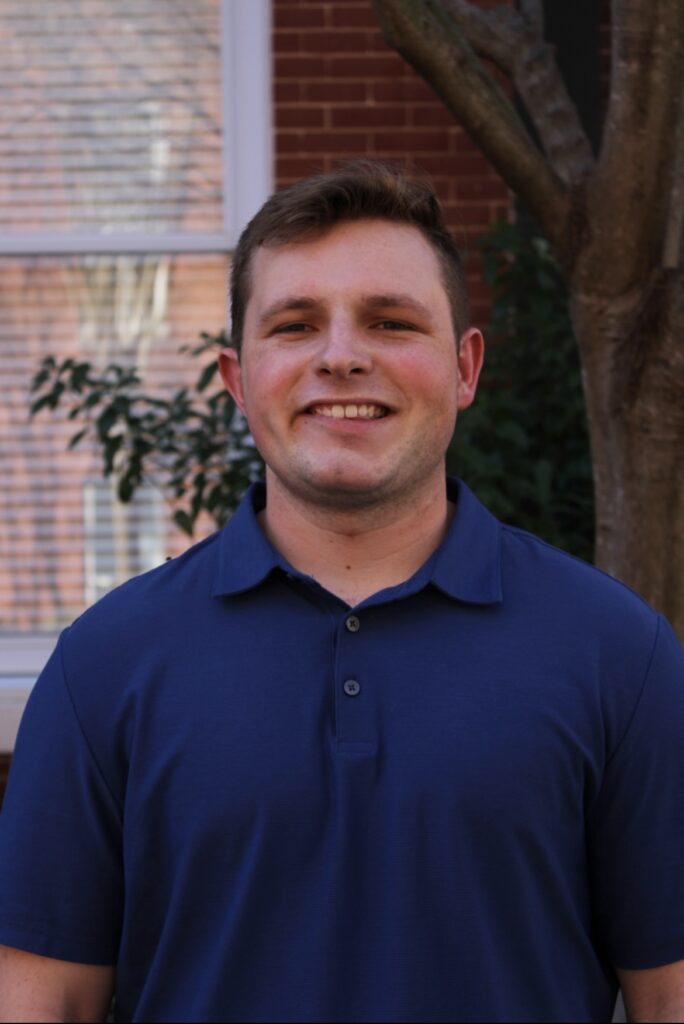
Matthew Malkowski is a graphite and paint-based artist out of the Alpharetta and Milledgeville Georgia areas. Currently, he is a senior art major at Georgia College & State University with concentrations in drawing, painting, and photography. Primarily his work has a strong focus in portraiture, architecture, and landscape. However, Matthew is always looking to find new ways to branch out artistically and make works that ultimately challenge him as a creator.
Project Statement
Bodybuilding explores the relationship between classical architecture and the human experience through a series of grayscale drawings. This body of work delves into dream-like surrealism while experimenting with shape, space, and form. Each piece is created using graphite and charcoal mediums, with sizes ranging from 18 x 24″, 8 x 10″, and 7 x 5″.
The artworks are intentionally arranged in rows of three for installation, reflecting the structural principles inherent in classical architecture—where order, symmetry, and proportion play a vital role in guiding spatial experiences. This three-image format also alludes to various ancient philosophies, where the number three could serve to symbolize balance, harmony, and even holiness. This numerical-framework emphasizes that architecture, much like art, is more than just physical space—it’s a guide to the body, perception, and emotion.
Artist Statement
Bodybuilding is a series discussing the complex dialogue that exists between classical architecture and the human experience. This body of work is the manifestation of an interest I’ve had since an early age of developing surreal drawings which combined intricate, old buildings alongside the human figure. Throughout the series, many of the shared physical and symbolic traits found between the two are extensively highlighted. These works serve to reflect on the profound impact these kinds of structures have had throughout history, and even in my own life.
At a surface level, the visual aesthetics of classical architecture may tend to be a favorable look for many. However, it is important to also recognize the themes of power and hierarchy inherently embedded within these structures. Given their authoritarian history and past traditional associations with idealized society, it’s understandable that our contemporary world now harbors a wider range of feelings toward this style of architecture. To better analyze these structures, it is important to both challenge and possibly even reconsider how we coexist with these monumental forms. Through Body Building, the audience is encouraged to put into question their own perceptions of classical architecture.

